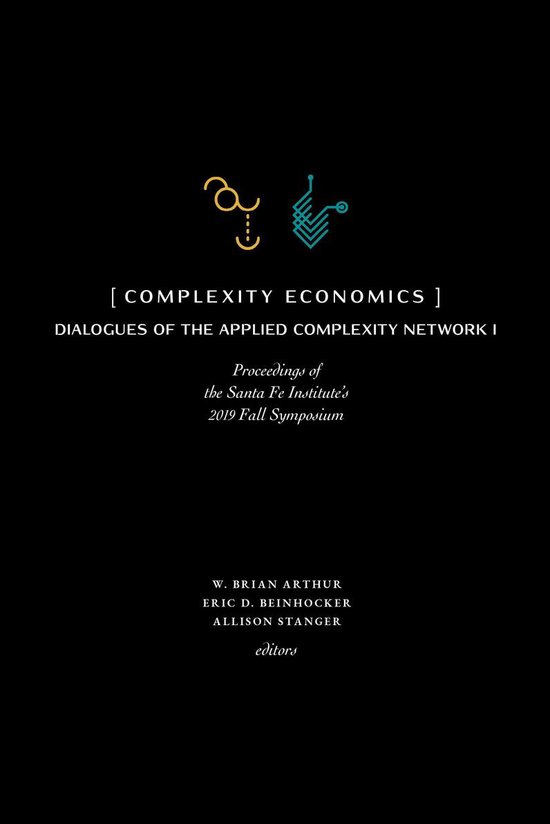
Measure Integral & Probability
Provides an introduction to measure and integration theory. This book features a constructive proof of the Radon-Nikodym theorem, an analysis of the structure of Lebesgue-Stieltjes measures, the Hahn-Jordan decomposition, and a brief introduction to martingales key aspects of financial modelling, including the Black-Scholes formula.
Measure, Integral and Probability is a gentle introduction that makes measure and integration theory accessible to the average third-year undergraduate student. The ideas are developed at an easy pace in a form that is suitable for self-study, with an emphasis on clear explanations and concrete examples rather than abstract theory. For this second edition, the text has been thoroughly revised and expanded. New features include: · a substantial new chapter, featuring a constructive proof of the Radon-Nikodym theorem, an analysis of the structure of Lebesgue-Stieltjes measures, the Hahn-Jordan decomposition, and a brief introduction to martingales · key aspects of financial modelling, including the Black-Scholes formula, discussed briefly from a measure-theoretical perspective to help the reader understand the underlying mathematical framework. In addition, further exercises and examples are provided to encourage the reader to become directly involved with the material.
Measure, Integral and Probability is a gentle introduction that makes measure and integration theory accessible to the average third-year undergraduate student. The ideas are developed at an easy pace in a form that is suitable for self-study, with an emphasis on clear explanations and concrete examples rather than abstract theory. For this second edition, the text has been thoroughly revised and expanded. New features include: · a substantial new chapter, featuring a constructive proof of the Radon-Nikodym theorem, an analysis of the structure of Lebesgue-Stieltjes measures, the Hahn-Jordan decomposition, and a brief introduction to martingales · key aspects of financial modelling, including the Black-Scholes formula, discussed briefly from a measure-theoretical perspective to help the reader understand the underlying mathematical framework. In addition, further exercises and examples are provided to encourage the reader to become directly involved with the material.
| Auteur | | Marek Capinski |
| Taal | | Engels |
| Type | | Paperback |
| Categorie | | Wetenschap & Natuur |





